The past two weeks were mostly spent drinking bad tea. Aside from one or two chances to drink decent tea, the rest of it was consumed by travel, last minute planning, etc, and had no time to drink much that’s good. Much black was consumed, and in between, some aged oolongs and some other random teas I had with me. Drinking my way across little teashops was an interesting experience, because talking to some of the owners or shopkeepers, you really get a sense of what people actually order. For example, talking to a person who works at Coffee Bean and Tea Leaf, I found out that aside from a few people, the vast majority simply order what’s on the “simple” tea menu, which is not surprising, but the end result is that the “better” teas are often not very fresh, and in the case of the Assam which I wanted, was adulterated with the smell of some other herbal stuff and thus brewed a cup that had a strong hint of peach or some other fruit. The people who work there have no clue what an Assam is supposed to taste like (ditto Darjeeling), so they really have no way of telling if anything’s wrong with the tea.
I think it is safe to say that despite the hulabaloo about tea becoming more popular, etc, the “tea” that is really becoming popular is the “RICH IN ANTIOXIDANTS! SLIMMING TEA!!” variety. People drink tea for the perceived health benefits, and unfortunately are probably drinking low grade, pesticide soaked leaves, instead of what might actually be good for them. The few stores I went to that sells decent teas also show the other kind of tea that is popular with your average tea crowd — the “Vanilla butterscotch mint cinnamon rooibus” kind. One store, called Lupicia, has a wonderful looking store with very nice packaging, and basically every flavour you can find under the sun. I think one out of every twenty of their teas was actually unflavoured, and if you are willing to shell out $1 for two grams of tea, you can buy some ok looking Taiwanese oolong, overpriced, to say the least.
What I feel is very much lacking in all this is any sort of real education going on. You can’t fault somebody for selling tea — they have to make a living, after all. It doesn’t mean that we should just leave it at that. I feel that there is often no effort being made to try to show the average consumer what a wonderful drink tea is. It’s not a spiritual thing, it’s not Eastern mysticism, it’s not some hollowed age old tradition — on the most fundamental level, tea is simply a beverage to be consumed and appreciated. Nothing is wrong with flavoured teas, mind you (I drink my occasional Earl Grey), but so much more is out there. Unfortunately, they are either not available, or marketed as some rare, exotic, Oriental, mysterious, or even sacred, with the attendant price tag that goes along with such labels. I am continually amazed at the kind of markup some people get away with simply with a nice back story and pretty salesgirls (or boys, or website). The “Monkey Picked” stuff comes to mind…
Anyway, I’m rambling, so I’m obviously too sleepy to write anything more that’s coherent. Maybe to be continued.




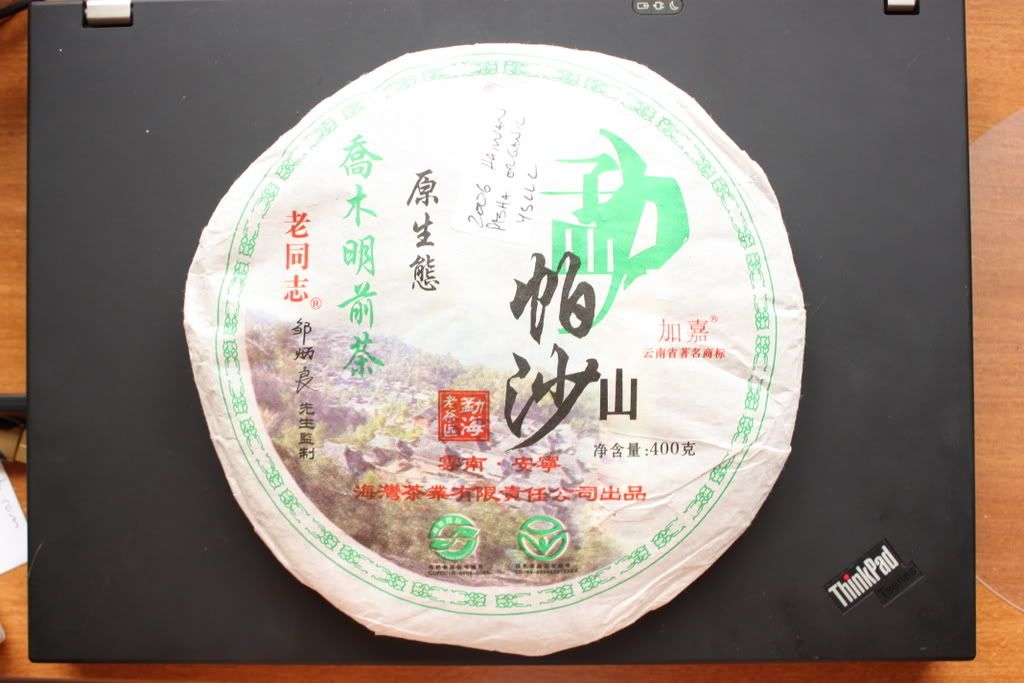
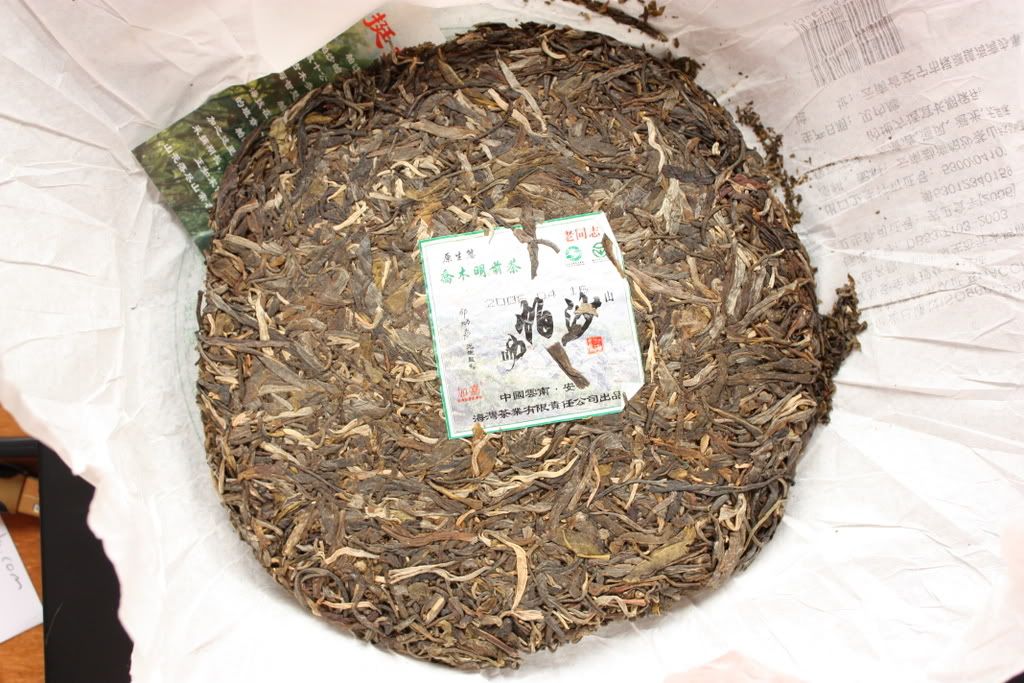
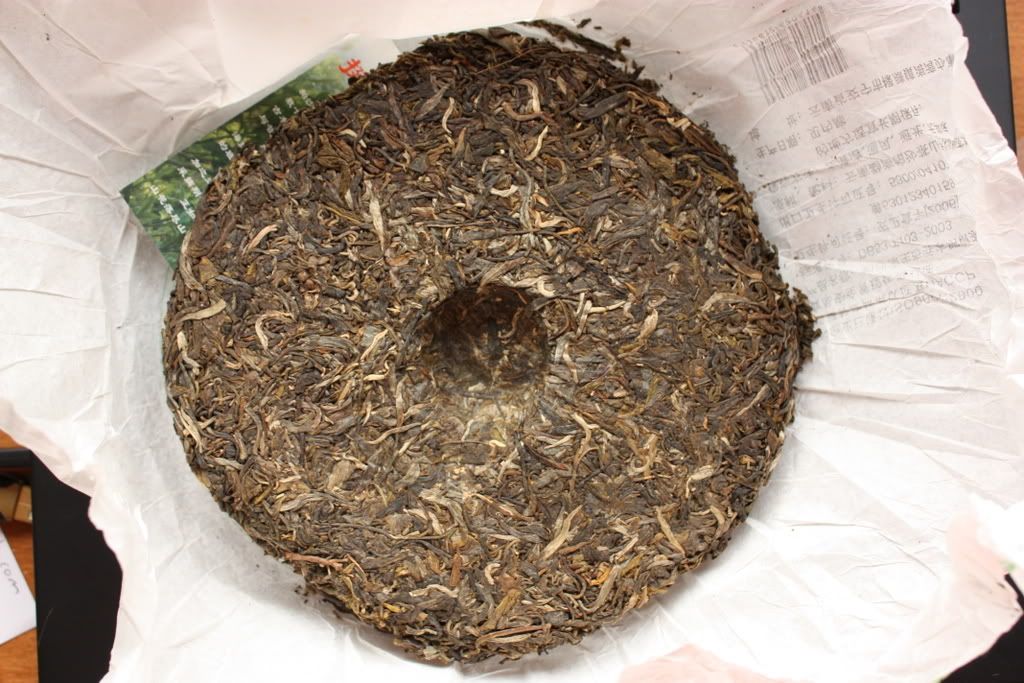
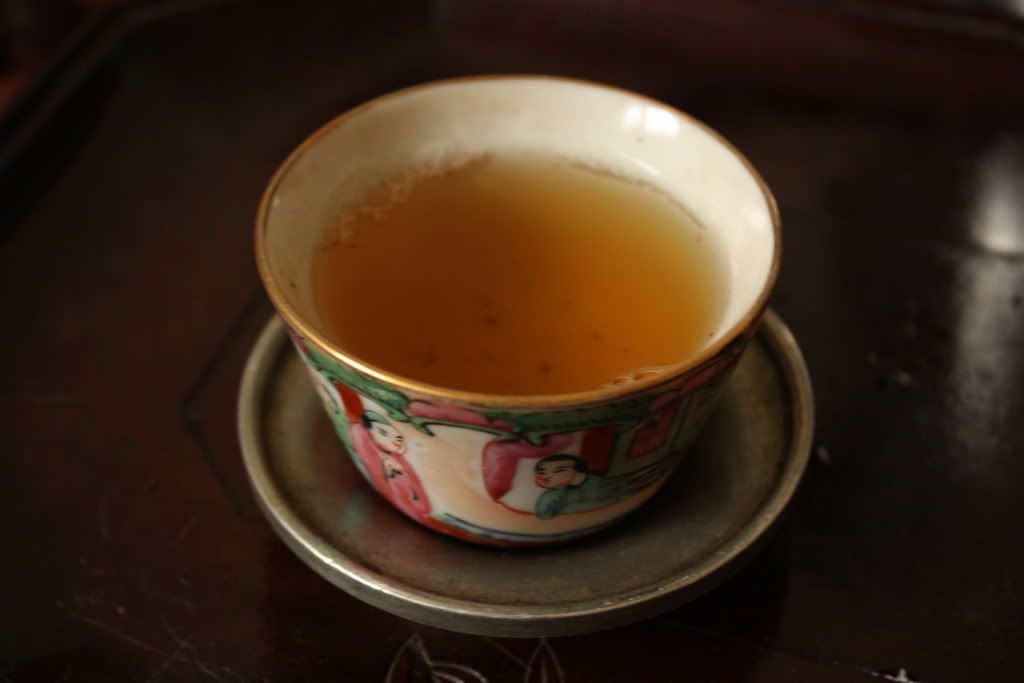
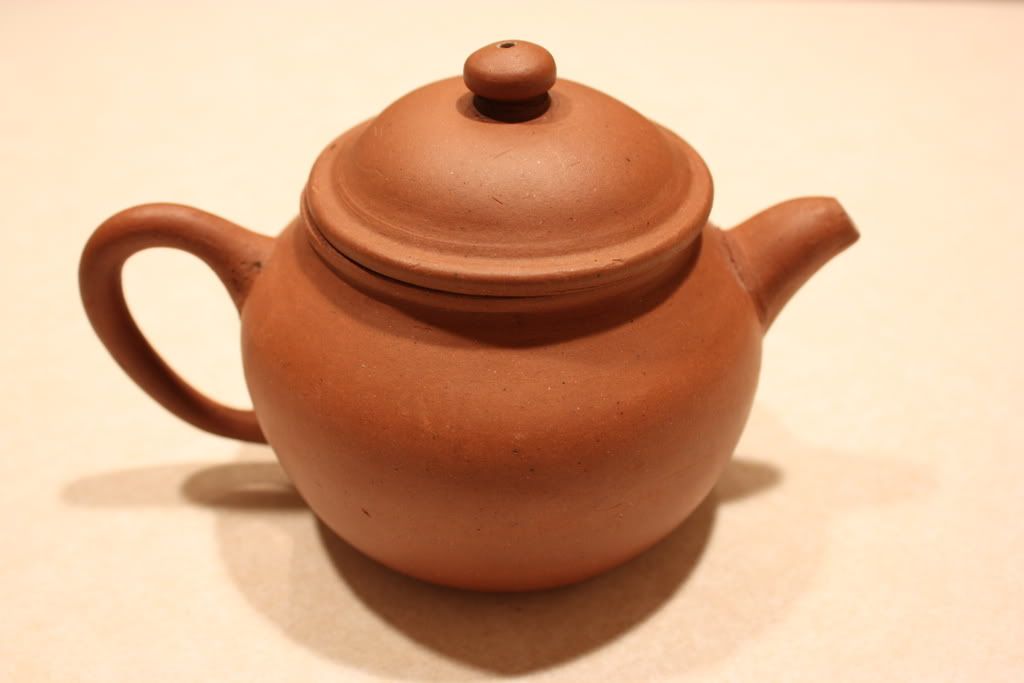
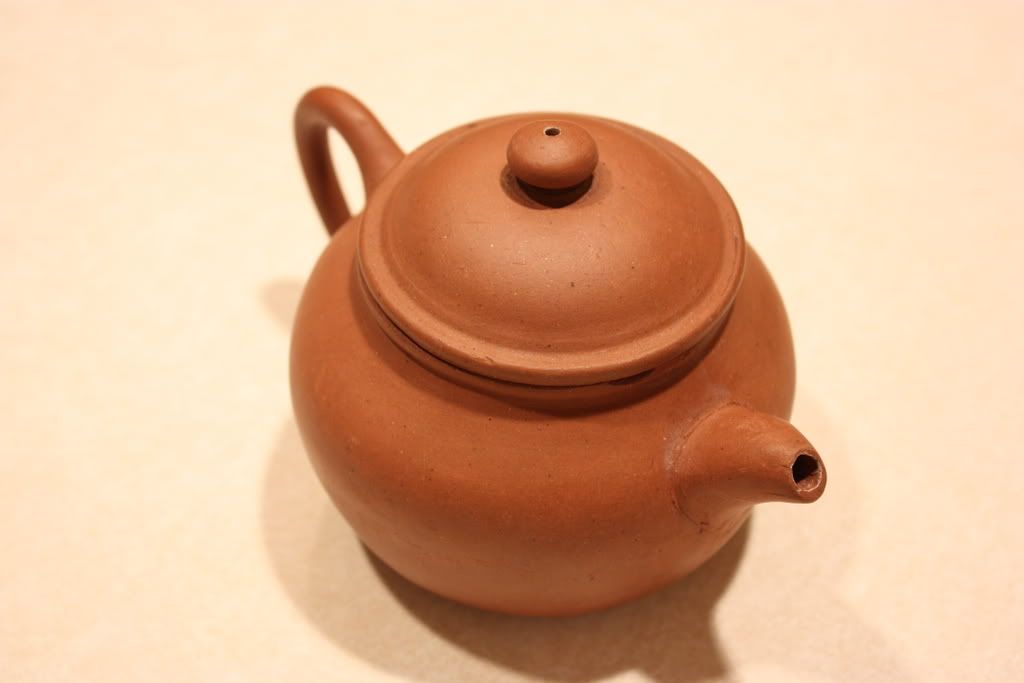
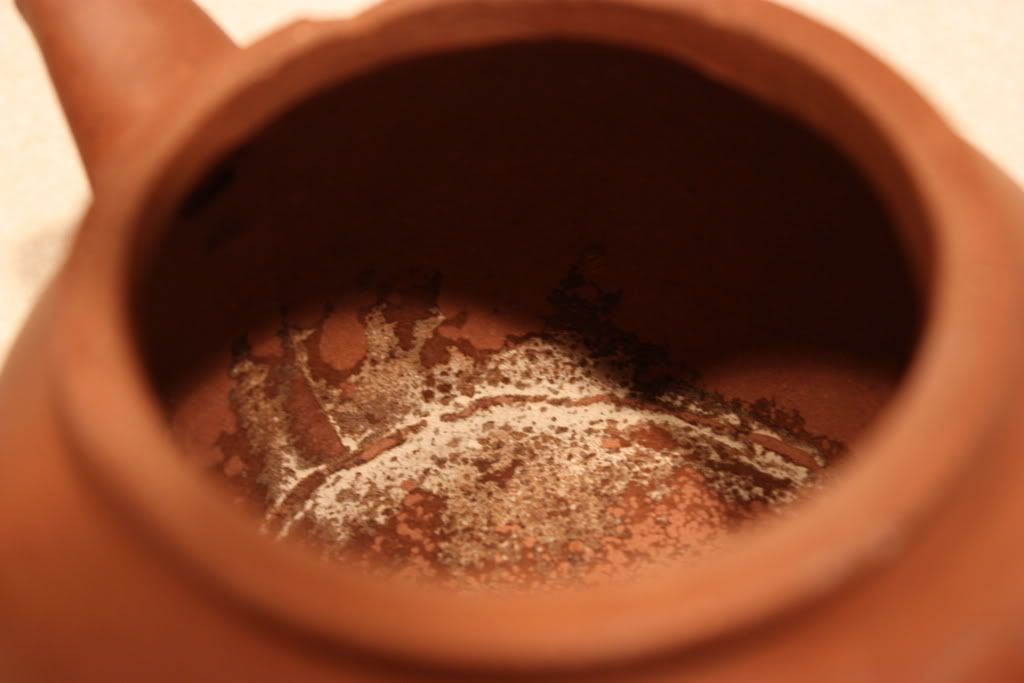

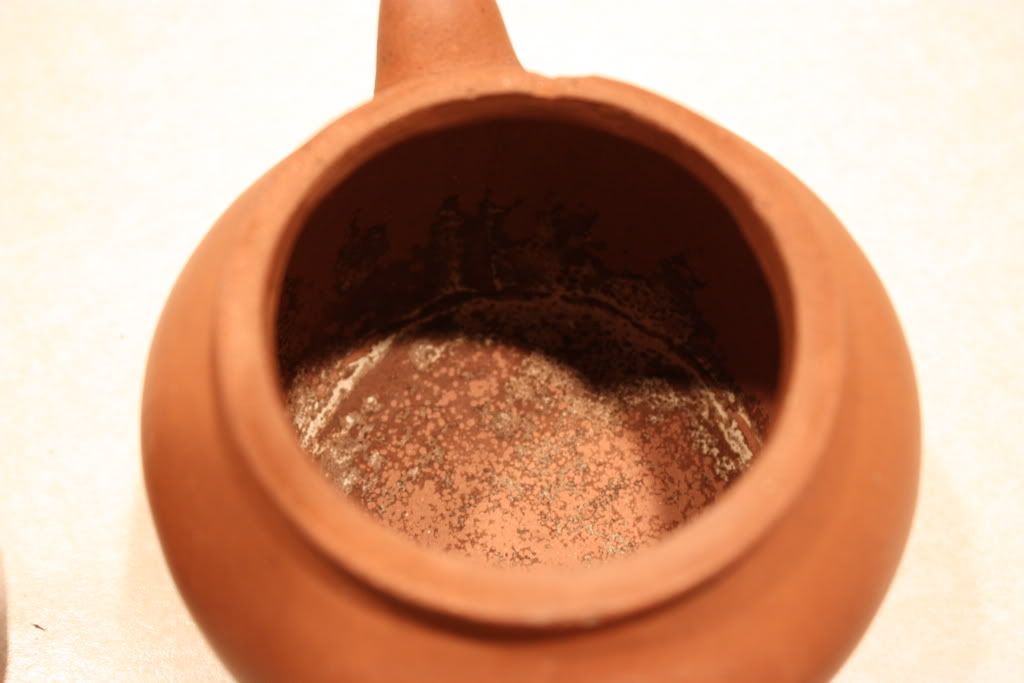
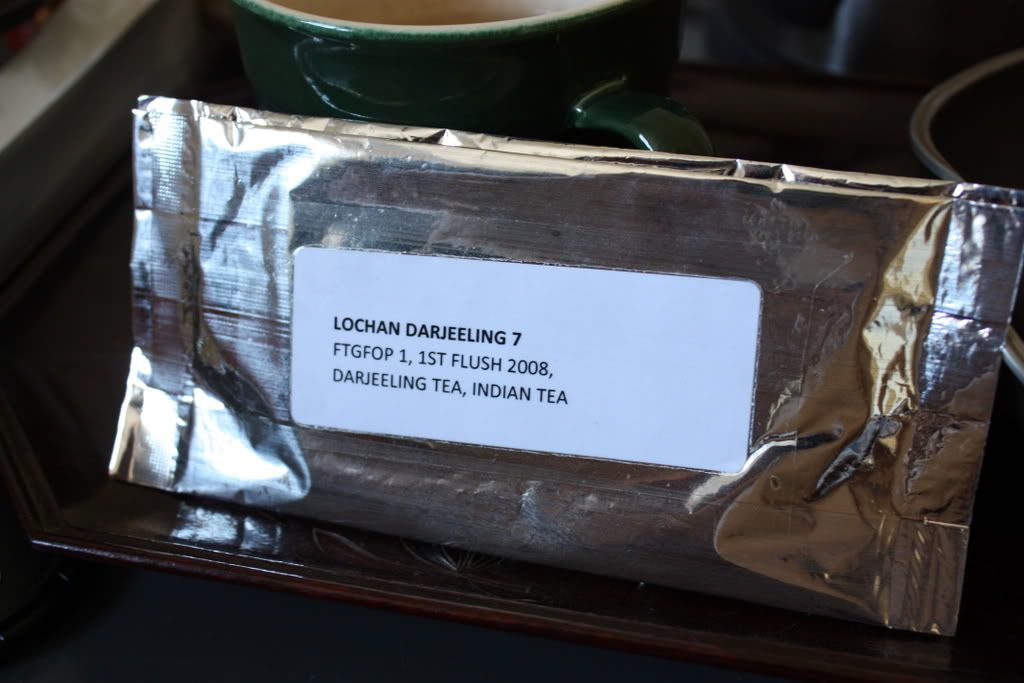
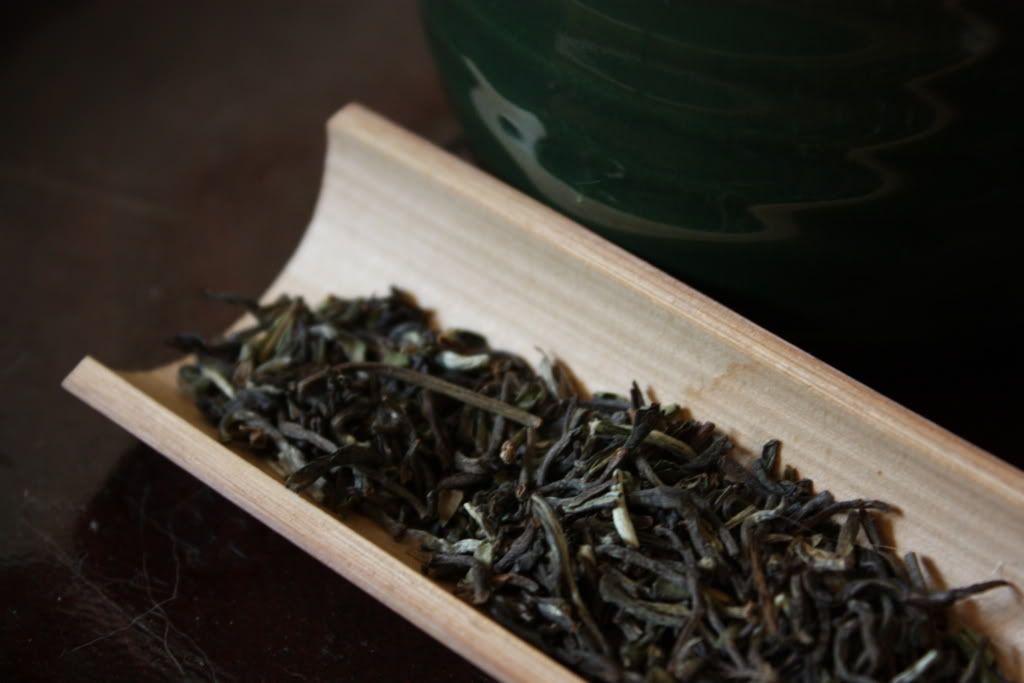
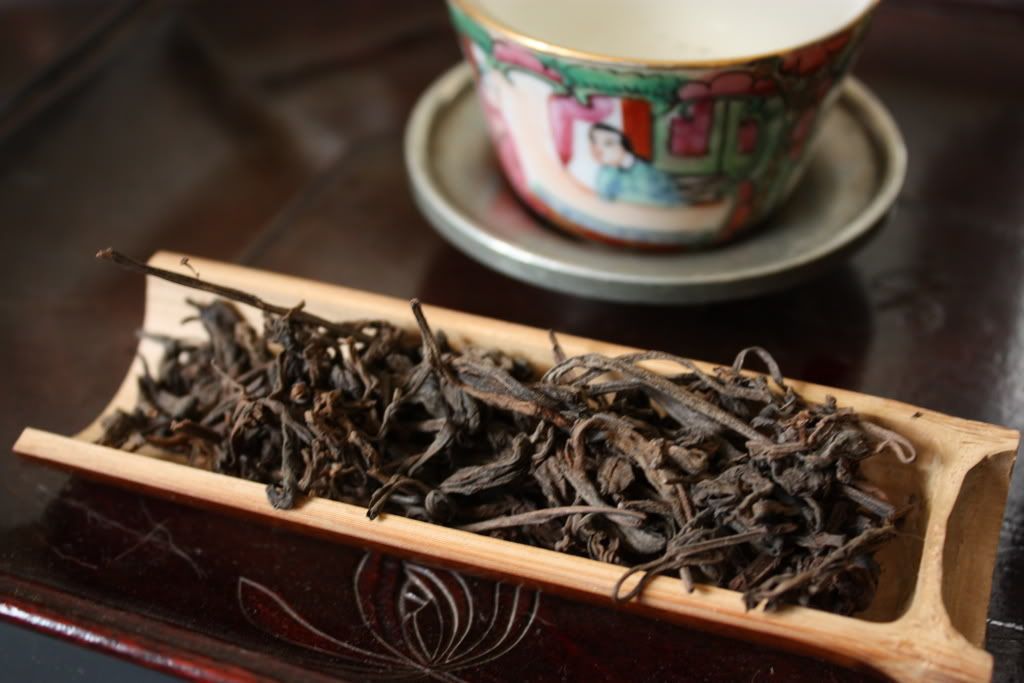
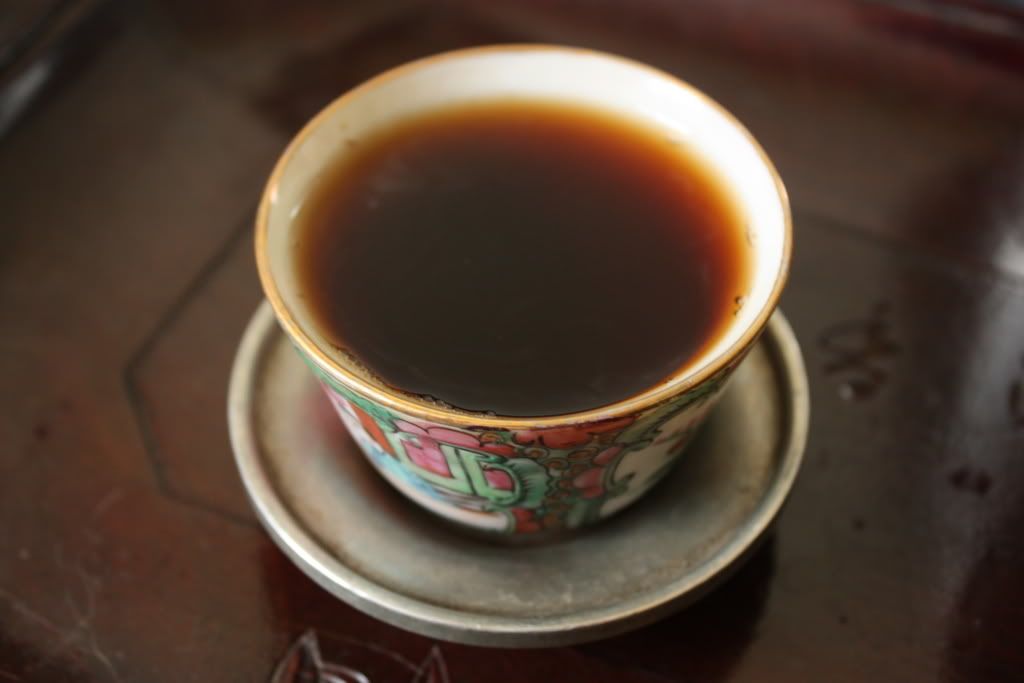

 RSS - Posts
RSS - Posts
Interesting.... would 250C in my oven work?